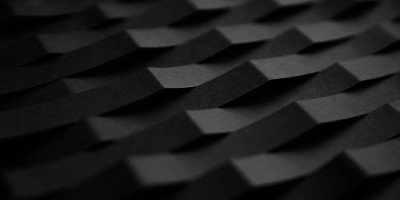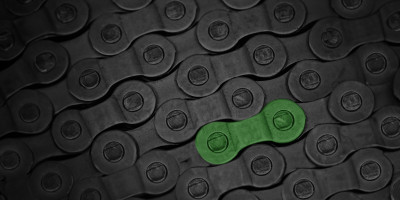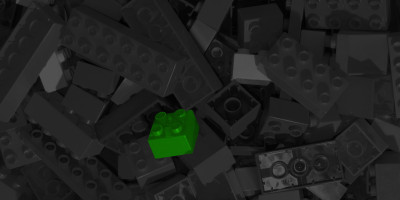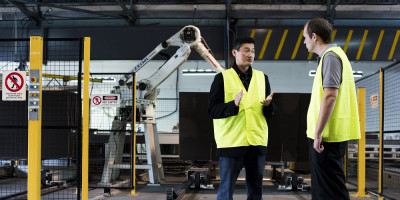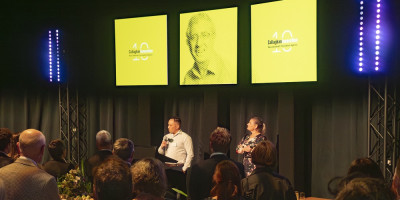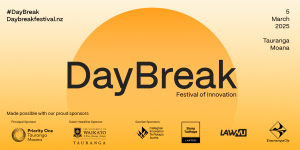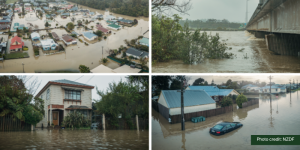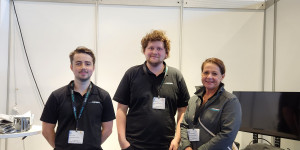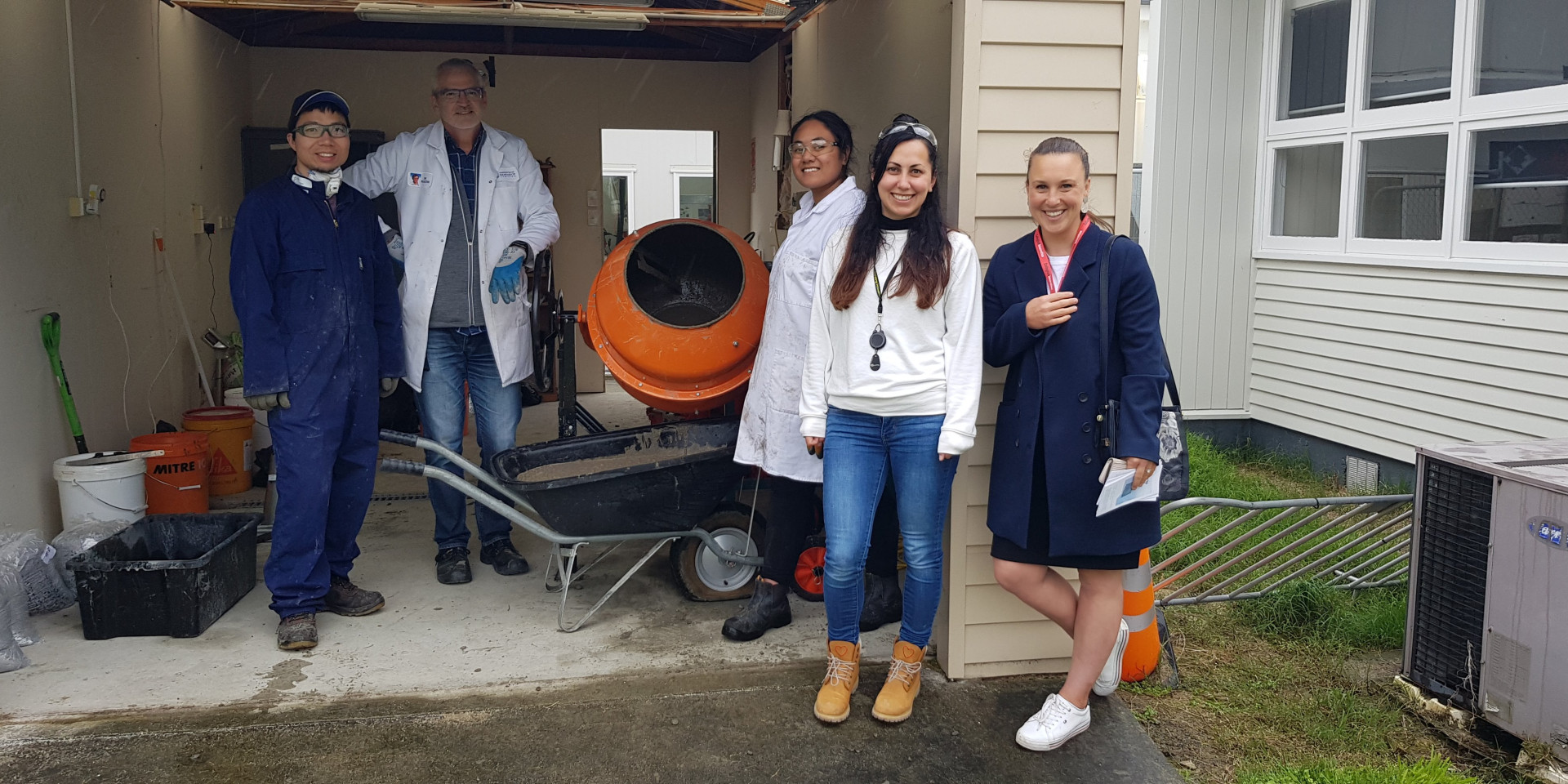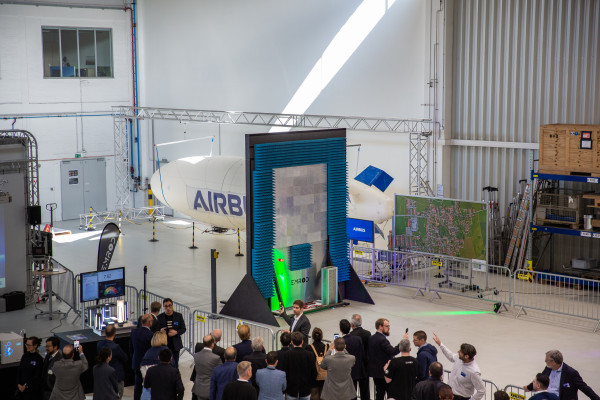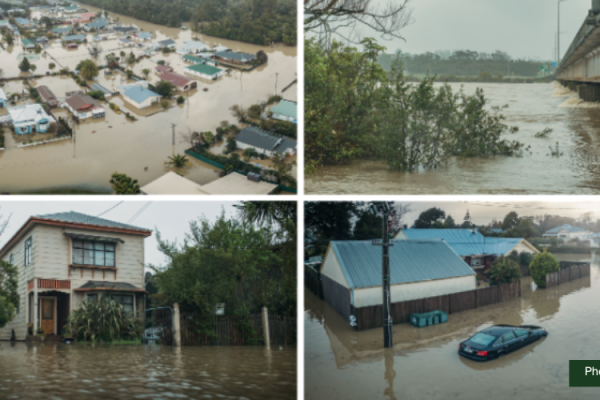Neocrete: Redefining concrete and cementing an eco-friendly future for construction. Combining a father’s invention, Callaghan Innovation supported R&D, and an entrepreneurial spirit, Neocrete has redefined concrete, with its mix reducing CO2 emissions from concrete production up to 40 per cent.
At a glance
- In the face of huge emissions created by concrete production, Neocrete set out to create a cement mix using pozzolans, a pumice-like volcanic material, that would reduce carbon emissions and improve concrete performance.
- A cross-functional team of experts, as well as various funding, from Callaghan Innovation has supported Neocrete throughout the R&D process, meaning the business could validate the technology and business model.
- Neocrete’s D5 Green mixture reduces CO2 emissions by up to 40 per cent, is stronger, quicker to dry, and completely waterproof. Already starting to be used locally, its potential especially in export markets is huge.
Callaghan Innovation’s support has allowed us to commit to doing this work so much faster than we would have.
- Zarina Bazoeva, Co-founder, Neocrete
A family legacy in concrete and innovation
Russian-born financial auditor Zarina Bazoeva never expected to become a startup entrepreneur. But innovation - and concrete - clearly run in the family for the co-founder of Neocrete.
Leveraging technology used in Russia developed by Bazoeva’s father, Dr. Oleg Bazoev, Neocrete set out to create a new mineral-based cement mix that both reduces carbon emissions and improves performance. The main ingredient: pozzolans, a pumice-like volcanic material.
Why? Because the facts are damaging. Concrete production contributes to around 8% of global CO2 emissions each year. And albeit the industry has managed to reduce emissions from cement making by 10% over the past 15 years, something more needs to be done.
The right mix throughout the R&D process
In order to validate their technology idea and business model, Neocrete enlisted the help of Callaghan Innovation, which provided support through advisory services from a cross-functional team of experts.
An R&D project funded by Callaghan Innovation allowed Neocrete to rigorously test the mixture; our Gracefield Innovation Quarter labs used to do so. Our Research and Development Solutions team, who spearheaded trials, also provided independent analysis of the test results.
“With [Callaghan Innovation’s] help we were able to test a large variety of mix designs in a short time frame, providing us with valuable data on D5 Green performance for different concrete grades. [Callaghan Innovation’s] report provided recommendations on how to further develop the product, setting the foundation for future R&D,” says Bazoeva.
Neocrete also took advantage of R&D Experience and R&D Career grants, enabling the business to bring in students to support the R&D efforts.
“Working with the students was incredible because they’re so committed and curious,” Bazoeva says. “One day our cement mixer broke. One of the students used her 3D printer to make a new part to replace the broken one. That’s innovation.”
Overall, the work with Callaghan Innovation allowed Neocrete to refine their R&D and commercialisation plan. It also proved to be a good way to connect and collaborate early with others in the industry. This included building research organisation BRANZ, providing building code compliance support that also informed their R&D plan, and local partners, who provided an additional pathway to market.
Callaghan Innovation support during COVID-19 also helped Neocrete stay productive during lockdowns when lab work had to pause. The result was the Neocrete eCalculator.
Bazoeva says, “People can use the tool to enter a concrete mix design and it will calculate the environmental impacts, for example, the amount of mineral depletion and the embodied CO2.”

Laying the foundations for global success
Neocrete’s D5 Green mixture is delivering on the goals Bazoeva and the team set out to achieve. When used, CO2 emissions are up to 40 per cent lower, concrete is 25-35 per cent stronger, setting time is significantly quicker, and it’s completely waterproof.
It is these attributes that have put Neocrete firmly on the radar of local concrete makers. It has already been used in infrastructure, commercial and residential projects, including through homebuilder eHaus, and Concretec in the Auckland City Rail Link project.
With New Zealand pouring four million cubic metres of concrete each year and producing 1.4m tonnes of greenhouse emissions in doing so, use of D5 Green across the board could reduce carbon emissions by 500,000 tonnes. That’s the equivalent of removing 100,000 cars each year from our roads, says Bazoeva.
But it’s not just New Zealand where a huge opportunity lies. China, India, the US and the European Union are the biggest users of concrete in the world, so D5 Green also has strong export potential.
“We don’t need a lot of technology or space to produce D5 Green, so we can scale this up fairly quickly,” says Bazoeva.
“Callaghan Innovation’s support has allowed us to commit to doing this work so much faster than we would have,” says Bazoeva.
“It means we now have a product in the market that can make a meaningful difference to the environmental impact of concrete production.”
